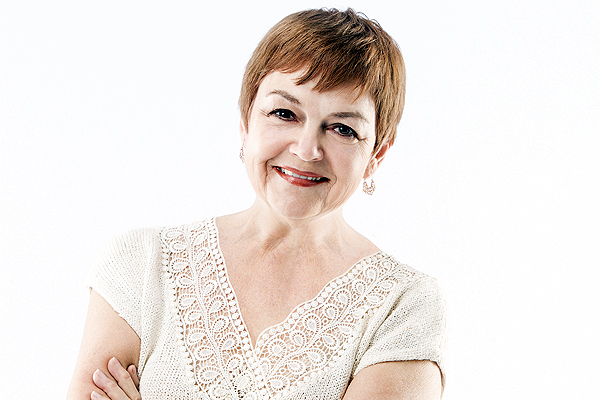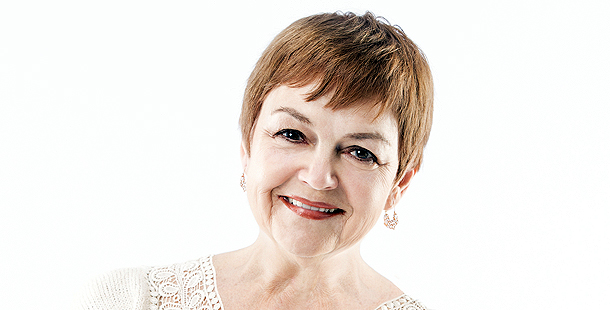Lorna Geddes has seen the show evolve since her ballerina beginnings in 1959

BABA OF THE BALLET: Lorna Geddes, a principal character artist with the National Ballet of Canada, has been performing in The Nutcracker since 1959, and calls the show “comfort food.”
Have visions of sugar plum fairies dancing in your head?
You might want to get that checked out, perhaps with a visit to the National Ballet of Canada to see The Nutcracker, opening Dec. 12.
Canada’s benchmark of beauty in dancing is helmed by a Cricket Club ‘hood denizen, Karen Kain, and has a few more midtowners, including principle dancer Sonia Rodriguez, as well as 56-year veteran, principal character artist Lorna Geddes.
Geddes, joined the company in 1959 when she was 16 and attending school at Bloor Collegiate. That was before the National Ballet School came into being, but she learned her craft under the tutelage of National Ballet co-founder Betty Oliphant.
She refers to The Nutcracker as “comfort food,” and loves to see the eyes of children light up when they see the show.
It’s also a great barometer to see how young dancers are developing.
“The Nutcracker is always the first principal role that an up-and-comer will do,” she shares with me. “It’s never boring, nor should it ever be.
“It’s wonderful for the people just doing the basics on the side because you’re seeing a progression of who’s really improved from last year.”
Young dancers will come into the play as perhaps a snowflake or a flower. Then they move on to the faster-pace dancing of the Spanish, Arabian or Chinese dancers in Act II.
The root of The Nutcracker ballet is based on E.T.A Hoffman’s 1816 book, The Nutcracker and the Mouse King, where the main character, Marie Stahlbaum’s favourite toy, comes to life and defeats a wretched rodent.
It was adapted to the stage, thanks to French choreographer Marius Petipa and Russian counterpart Lev Ivanov, with the ubiquitous score of Pyotr Ilyich Tchaikovsky.
We all know the tunes that blast from live orchestras during the Yuletide season: “Dance of the Sugar Plum Fairy” and “Russian Dance Trepak”.
There have been three versions of the ballet choreographed by NBC, Geddes tells me, with co-founder Celia Franca putting hers on the stage in 1964. For 30 years the Order of Canada recipient had her show performed on tour and at what was once called the O’Keefe Centre.
In 1995, James Kudelka busted out his choreography, setting the ballet in rural Russia, and also elevating the role of protagonist Marie’s brother Misha, so boys could identify with the ballet.
Geddes has been there through it all, and the 72-year-old couldn’t imagine a life without ballet. Though she admits she’s not as spry as she used to be, she’s become the Baba of the ballet — and rightly awarded for her grandmotherly role.
In 2008 she received the David Tory Award, a distinguishing marker of being a good citizen for the National Ballet.
“You have to always be open to helping younger kids … with their ups and downs,” she says. “Artists are a little bit more vocal with what’s bothering them, so there are no secrets. It’s sometimes nice to have a more reasoned, mature — maybe — person in the dressing room to help.”
With style, grace and elegance, much like the ballerinas and their beaus in The Nutcracker, Geddes keeps the kids (young and old) en pointe.

